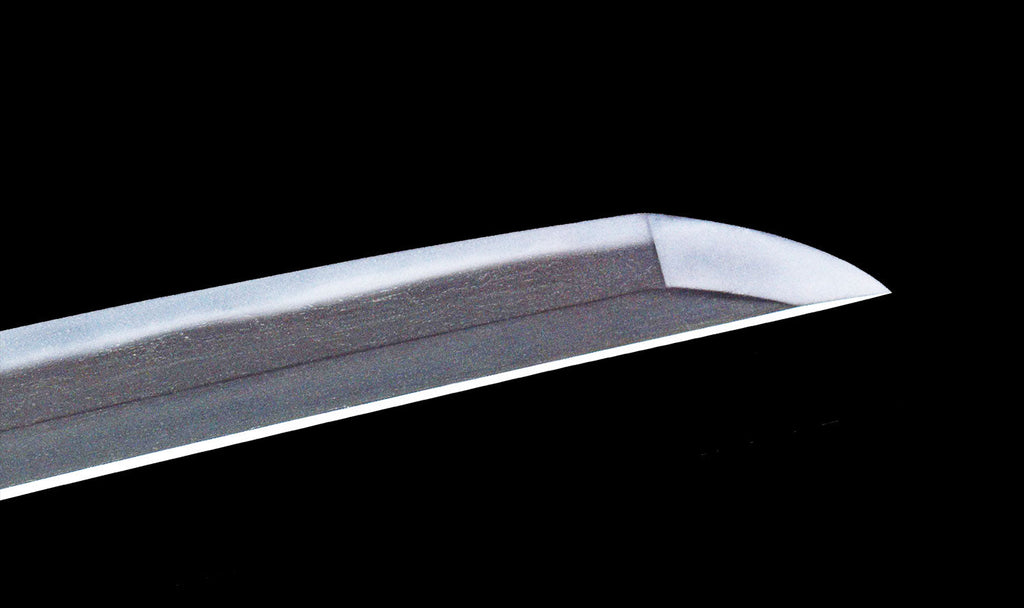High-quality iron sand produces numerous great swords
There were master swordsmiths all over Japan, even outside of the Yamato and Yamashiro regions, but Bizen (present-day Okayama Prefecture) was the place that produced the greatest number of excellent swordsmiths. The term "Bizen Osafune" is a word that transcends the genre of swords and is so well known to the degree that many individuals may have heard of it even without familiarity with Japanese swords. Originally, Bizen was part of a powerful nation called Kibi Province, which in ancient times had a huge burial mound culture. One of the reasons why Kibi Province was so powerful was that the area was not only a source of very high-quality iron sand but also produced high-quality iron products due to the excellent iron manufacturing technology that was cultivated in the area.

It is confirmed that a group of swordsmiths appeared in this area between the late Heian Period to the early Kamakura Period, and this group came to be known as Bizen-den. As mentioned earlier, the Osafune school, with Mitsutada as its founder, emerged in the land of Osafune, so much so that the name "Bizen" is associated with Osafune. Mitsutada inherited the Ichimonji school, and after him came such master swordsmiths as Nagamitsu, Kagemitsu, Kanemitsu, and Sukesada. Also famous were the swordsmiths of the Fukuoka-ichimonji school, led by Yoshifusa, famous for his brilliant hamon designs called juka choji midareba, Sukemune, Norifusa, and others. Also in the same lineage, the Yoshioka-ichimonji school appeared in the land of Yoshioka.
The Bizen-den school declined temporarily due to a great flood in the late Azuchi-Momoyama period (1568-1600), which took the lives of many swordsmiths, but later succeeded in reviving the tradition, which is still carried on today.

A characteristic of Bizen-den is that until the early Kamakura period, swords were koshizori, with the center of the curvature slightly closer to the tsuba, but as time went by, the center of the curvature moved to the center of the blade. The jitetsu is a dense itame mixed with mokume, and the hamon is predominantly gunome or chojimidare with haze-like nie. After the mid Kamakura period (1185-1333), it transitioned to nioi-deki chojimidare. Another major characteristic of Bizen-den is the midare utsuri reflected in the hiraji. This can be seen as a faint, white shadow, similar to the hamon when the sword blade is held up to the light.
Bizen-den continues to live on in the modern age, and both young swordsmiths and living national treasures study these beautiful Bizen-den swords.

Want to buy authentic Samurai swords directly from Japan? Then TOZANDO is your best partner!

Leave a comment: